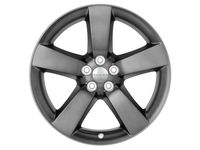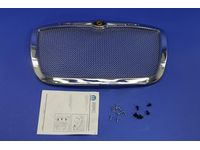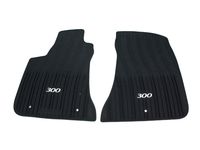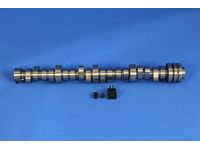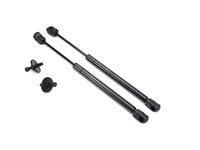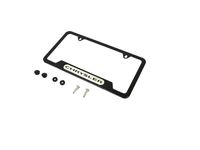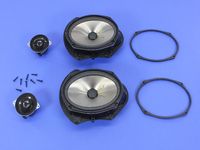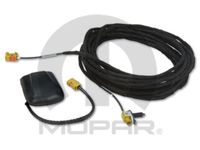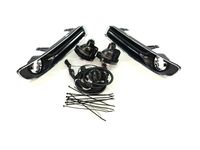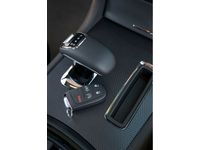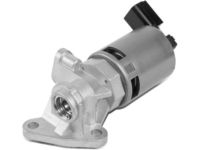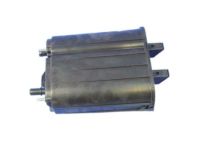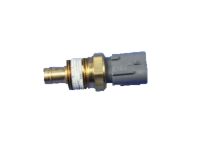
Why choose MoparPartsGiant
- Fast Delivery
Your Chrysler 300 deserves only genuine parts from MoparPartsGiant.com. There's zero risk involved when buying from us because all our Chrysler 300 parts are expedited directly from authorized dealers and backed by the manufacturer's warranty. For years, we've been the #1 online parts store. Interested in faster shipping? We offer expedited shipping on corresponding orders!
- Dedicated Service
Our outstanding customer service team is here to help you by email, live chat, or phone call with any inquiries regarding your purchase. Dedicated representatives are standing by to assist you with your shopping needs. With a complete Chrysler 300 parts catalog and a full selection of inventory, your parts are ready to be expedited anywhere in the nation without delays.
- Unbeatable Prices
For any genuine parts you need for standard maintenance or repair, we carry them. With our unbelievably low prices on parts, you won't go anywhere else for Chrysler 300 parts. We are your one-stop shop for Chrysler 300 parts without breaking the bank!
Popular Genuine Chrysler 300 Parts
- Engine Parts View More >
- Electrical Parts View More >
- Fuel Parts View More >
- Body - Sheet Metal Except Doors Parts View More >
- Cooling Parts View More >
- Steering Parts View More >
- Interior Trim Parts View More >
- Transmission Parts View More >
- Brakes Parts View More >
- Suspension & Drive Parts View More >
- Emission Systems Parts View More >
- Exhaust Parts View More >
Shop Genuine Chrysler 300 Parts with MoparPartsGiant.com
The Chrysler 300, a full-sized luxury car, has been produced and marketed by Stellantis North America since its debut in 2005. Initially available as a 4-door sedan or station wagon, the model is now exclusively a 4-door sedan, with a variant of the Chrysler 300C also marketed in the British and Irish markets. The 300 perpetuates the company's longstanding tradition of large, V8 engine-powered, rear-wheel-drive sedans that began in the 1940s. The Chrysler 300 design retained many elements from the 1998 Chrysler Chronos concept car, such as chrome-accented interior parts and tortoiseshell finishing on the steering wheel and shifter knob. Additionally, its structure drew inspiration from German cars, incorporating a 3.0L OM642 turbodiesel V6 engine, a 5-link independent rear suspension cradle, and a double-wishbone front suspension with a short-and-long arm, reminiscent of Mercedes-Benz and AMG designs. The 300 line offers various types and trims. The base model features a 190-horsepower EER V6 engine, 17-inch wheels, 4-wheel disc brakes, a single-disc CD player, and a power driver seat. The 300 Touring and Limited models sport a 3.5L V6 engine with either a 4-speed or 5-speed transmission, offering 250 horsepower and 18-inch chrome-clad aluminum wheels in the Limited variant. Lastly, the top-tier 300C and SRT-8 models boast 5.7L and 6.1L Hemi engines, respectively, reaching horsepower peaks of 360 and 425.
Chrysler 300, like all vehicles, can develop issues over time, particularly with the engine and electrical system. Engine overheating and failure are common problems reported by owners. Symptoms include coolant leakage, engine misfires, loss of power and acceleration, reduced fuel efficiency, and engine stalling, often accompanied by a Low Coolant Light. If your Chrysler 300 exhibits these signs, inspect your radiator hose for possible collapse and check for leaks in the intake manifold. Electrical issues can also affect the vehicle's operation. Difficulty starting the car and corrosion on battery terminals may necessitate a battery cable replacement. An illuminated Check Engine Light and noticeable decline in vehicle performance often suggest a problem with the camshaft position sensor. Furthermore, advanced door locks in modern cars, like the Chrysler 300, can prevent theft effectively. However, if you hear unusual noises from inside the car door, experience issues with power door locks, or have trouble unlocking the door with your key, it's wise to check the door lock actuator and door lock cylinder for the sake of your vehicle's security.
Original equipment manufacturer parts are the best in terms of quality. Manufactured using the top materials to ensure their durability, genuine parts are the #1 choice to keep your vehicle at peak performance. They are also designed to match official Chrysler factory specifications for easy installation and a snug fit. For any requirements you might have for auto parts, including Doors, Door Mirrors And Related Parts, Air Conditioners & Heater, consider our extensive catalogue of OEM Chrysler 300 parts, such as Wiper & Lock Cylinder And Keys, Differential And Drive Line at MoparPartsGiant.com. We ensure you'll find the best prices online for genuine Chrysler 300 parts, every purchase comes with a manufacturer's warranty. We also guarantee the quickest delivery service and offer a hassle-free return policy for your peace of mind.
Chrysler 300 Parts Questions & Answers
- Q: How to Replace EGR Valve on Chrysler 300?A: NOx is a byproduct of combustion chamber temperatures and mixes with ROCs, HC, and sunlight to form ozone and smog. The EGR system reduces NOx emissions by recirculating exhaust gases and cooling the combustion chambers. All engines use an EGR system with PCM, EGR valve, and various sensors. Component replacement involves removing the EVAP purge solenoid valve and disconnecting electrical connectors before replacing the EGR valve and EGR pipe. New gaskets and seals should be used and proper torque should be applied to mounting bolts. V8 engines have similar replacement procedures.
- Q: How to Inspect or Replace the EVAP Canister and Canister Purge Valve on Chrysler 300?A: The EVAP system prevents fuel vapors from escaping into the atmosphere. Symptoms of a faulty system include a strong fuel odor. The EVAP canister, NVLD assembly, and purge solenoid are located in the right rear corner of the vehicle and engine compartment, respectively. To inspect or replace the components, the vehicle needs to be raised and the right rear wheel and wheel well splash shield need to be removed. The NVLD filter, NVLD pump, and EVAP canister can be detached from their mounting brackets. The EVAP line can be disconnected from the canister.
- Q: How to Replace the ECT Sensor on a Chrysler 300?A: Partially drain cooling system below cylinder heads. For V6, disconnect ECT sensor from lower intake manifold, wrap threads with Teflon tape, then refill. For V8, remove accessory drivebelt, unbolt A/C compressor, disconnect ECT sensor from engine block, wrap threads with Teflon tape, then refill.


















































